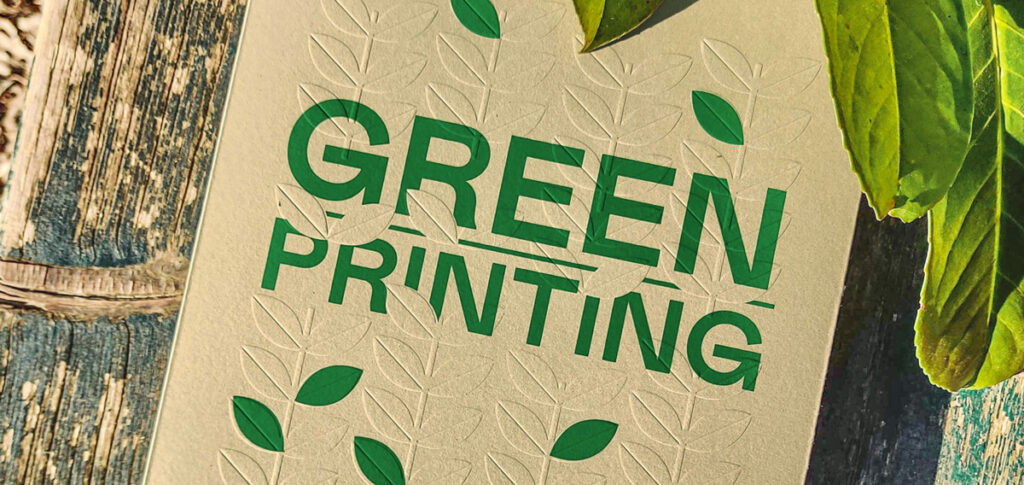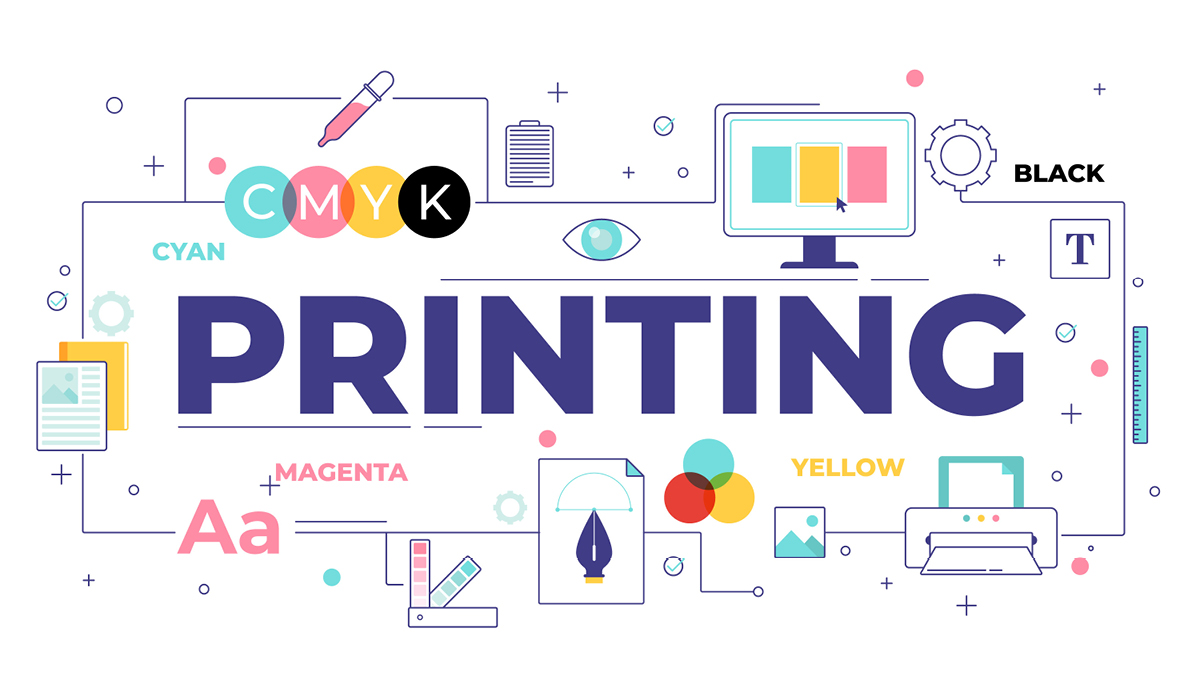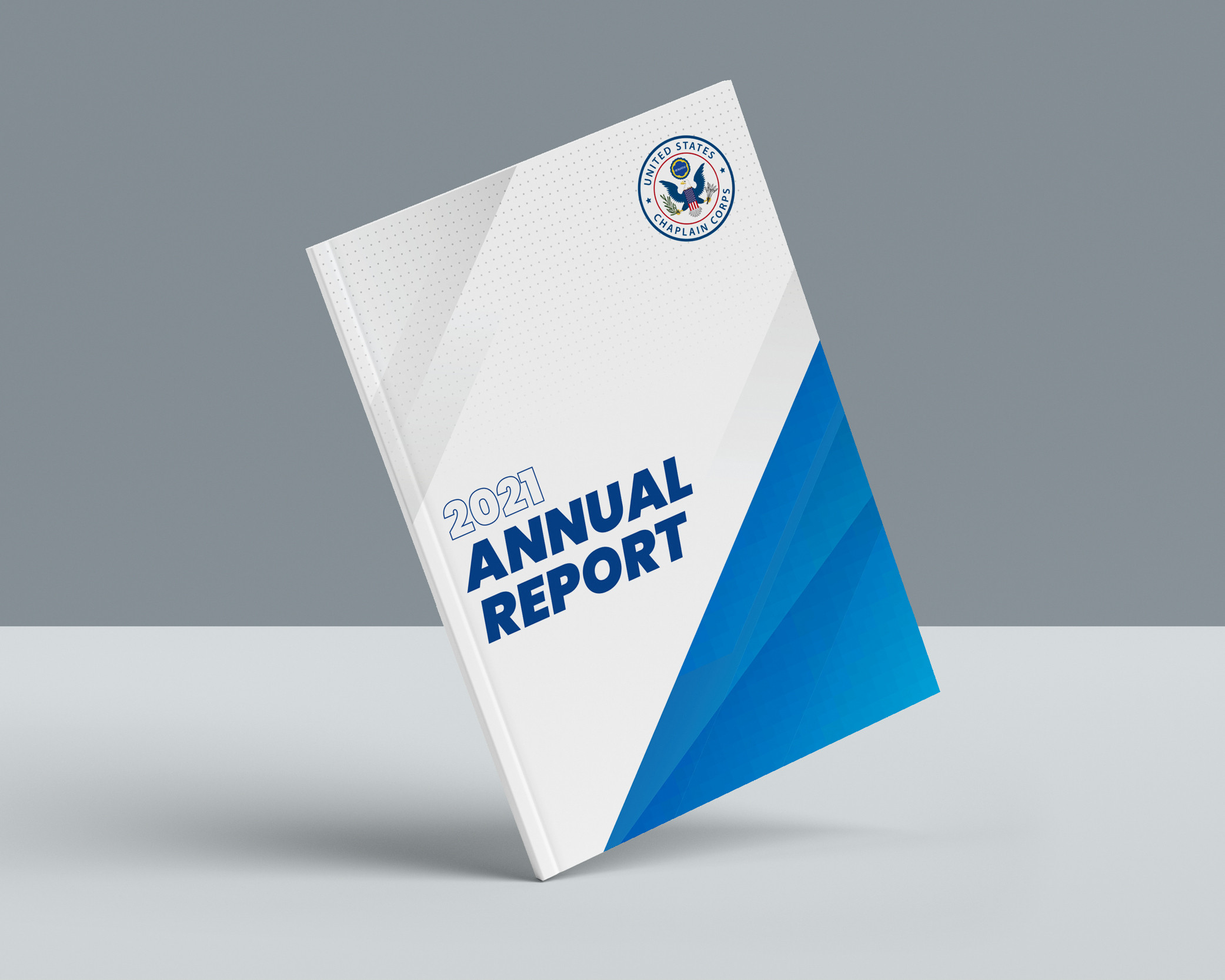Sustainable Print Services: Pioneering a Better World

In our modern age, where environmental sustainability has become an urgent priority, every industry must reassess its practices to minimize its ecological footprint. The print industry, traditionally associated with high levels of paper waste and harmful chemical emissions, is no exception. However, there’s a promising shift underway – the rise of sustainable print services.
The Environmental Impact of Traditional Printing
Traditional printing methods have long been criticized for their adverse environmental effects. Consider these staggering facts:
- Paper Waste: The print industry is one of the largest consumers of paper worldwide, leading to deforestation and habitat loss. According to research by the Environmental Protection Agency (EPA), paper and paperboard account for 25% of landfill waste in the United States.
- Chemical Pollution: Conventional printing processes involve the use of toxic chemicals, including volatile organic compounds (VOCs) and heavy metals, which contribute to air and water pollution. A study published in the Journal of Cleaner Production found that printing activities are a significant source of VOC emissions in urban areas.
- Energy Consumption: Printing presses require significant energy to operate, contributing to greenhouse gas emissions and climate change. Research by the World Resources Institute (WRI) indicates that the printing industry is responsible for approximately 0.2% of global energy-related CO2 emissions.
The Promise of Sustainable Print Services
Fortunately, sustainable print services offer a compelling solution to mitigate these environmental impacts. By adopting eco-friendly practices and embracing innovative technologies, these services prioritize environmental stewardship without compromising on quality or efficiency. Here’s how:
- Recycled Paper: Sustainable printers utilize recycled paper, reducing the demand for virgin wood pulp and minimizing waste. According to the Environmental Paper Network, recycling one ton of paper saves approximately 17 trees and reduces greenhouse gas emissions by 2 metric tons of CO2 equivalent.
- Vegetable-Based Inks: Unlike traditional petroleum-based inks, sustainable printers use vegetable-based or soy-based inks, which are non-toxic and biodegradable. This significantly reduces the emission of harmful VOCs and minimizes air pollution.
- Energy-Efficient Technologies: Many sustainable print facilities invest in energy-efficient equipment and practices to reduce their carbon footprint. From utilizing solar panels to implementing LED lighting and advanced printing presses, these measures contribute to significant energy savings.
Conclusion
Sustainable print services are not merely a trend but a crucial step towards building a better, more environmentally responsible future. By prioritizing eco-friendly materials, reducing waste, and embracing energy-efficient technologies, these services demonstrate that businesses can thrive while minimizing their impact on the planet. As consumers increasingly demand sustainable products and practices, the print industry must continue to innovate and embrace sustainability to remain relevant and responsible in the 21st century. Together, let us champion sustainable print services as a cornerstone of a greener, more sustainable world.




